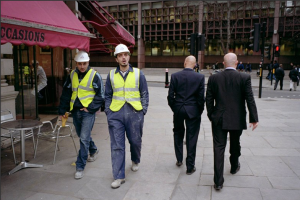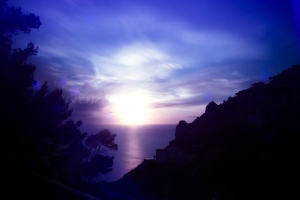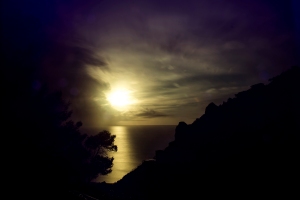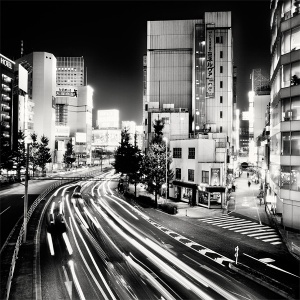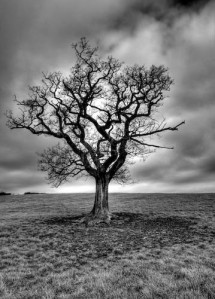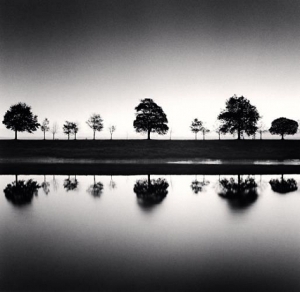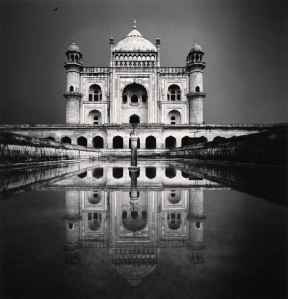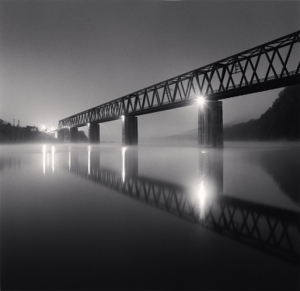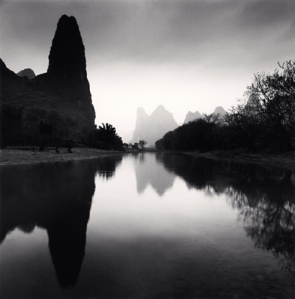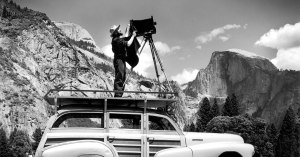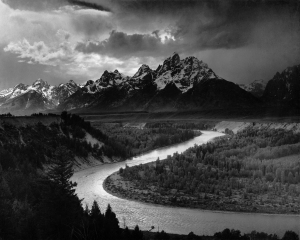My tutor introduced me to the work of Martin Parr – a well known photographer with a very unique style.
‘Martin Parr sensitises our subconscious – and once we’ve seen his photographs, we keep on discovering these images over and over again in our daily lives and recognising ourselves within them. The humour in these photographs makes us laugh at ourselves, with a sense of recognition and release.’ – Thomas Weski – pro.magnumphoto.com
When researching Martin Parr I felt a slight similarity to a previous photographer that I researched – William Eggleston. (Please see previous post here)
Their use of colours and everyday objects are so captivating and inspiring, yet so simplistic and raw.

I love the contrasting elements in this image. The older people contrasted with the baby in the pram, the red paintwork against the blue/dark moody sky, the direction of the lady in the background and the direction of the peoples gaze.
The overspilling bin and rubbish on the floor really enforce the feeling of day to day life. The scene has not had anything removed from it, in order to make it more aesthetically pleasing. It’s raw and effective.
The irony of the image is possibly my favourite part – going on holiday, or to a holiday destination that is popular with tourists, only to sit amongst such grim surroundings eating off ones lap.

This image almost makes you laugh out loud. I love the fact that the woman’s face is almost completely obscured by her hand, camera and of course the pigeons. She’s the main focus of the image, yet we cannot see what she looks like. It reinforces the synonymous relationship between city and pigeon.

This image reminded me very much of a shot taken by William Eggleston of the back of a lady’s head in a diner. Again the face is obscured which, for me, heightens my interest. The colour relationship is very harmonious with the yellow tones contrasting the green of the stall in front of the subject, while the blue and hint of red on her scarf work well together. Of course, i’m assuming the subject is a female, but cannot be sure….another element of surprise.

My favourite image of this small selection. The bright bobble hats add a gorgeous warmth of colour and interest, while also signifying time of year perhaps. The expression on the pigeons face is priceless. It looks angry (if birds can indeed look angry) which contrasts the joyful vibe of the people in the background. This is a sure example of capturing the right moment.
Sometimes I view an overly colourful scene as somewhat distracting and perhaps look for an angle with less colour, or contemplate perhaps converting to monochrome, but with both Parr and Eggleston’s photography I’ve learnt just how powerful a colourful shot can be.














